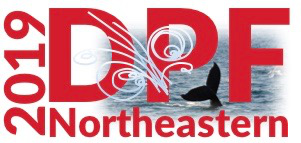Speaker
Description
Plasma-based particle accelerators are promising candidates for future free electron laser and collider applications as they can sustain accelerating gradients that are three orders of magnitude higher than those of conventional RF-based accelerators. Improving the quality of the electron beams emerging from these accelerators is an area of intense focus within the field. In this talk, I will discuss the research effort in this area led by Stony Brook University in both beam-driven plasma wakefield accelerators (PWFA) and laser-driven wakefield accelerators (LWFA). In particular, I will discuss the use of a specialized injection technique, known as beam-induced ionization injection, to achieve low energy spread in PWFAs, where energy is transferred from a relativistic drive beam to a trailing bunch in a plasma wake. Additionally, the application of a linac-produced electron beam to probing the fields of an LWFA will be discussed. The latter work will be discussed in the context of the CO$_2$ laser at the ATF facility of the Brookhaven National Laboratory, which is unique source capable of generating $<$2 ps-long, multi-TW laser pulses in the mid-IR (9-10 $\mu$m) regime. These methods are investigated in numerical simulations using the Particle In Cell code OSIRIS [R.A.Fonseca et al., LNCS (2331) 342, 2002].
Simulations were conducted on NERSC facility, operated under Contract No. DE-AC02-5CH11231, and of SEAWULF at Stony Brook University.




